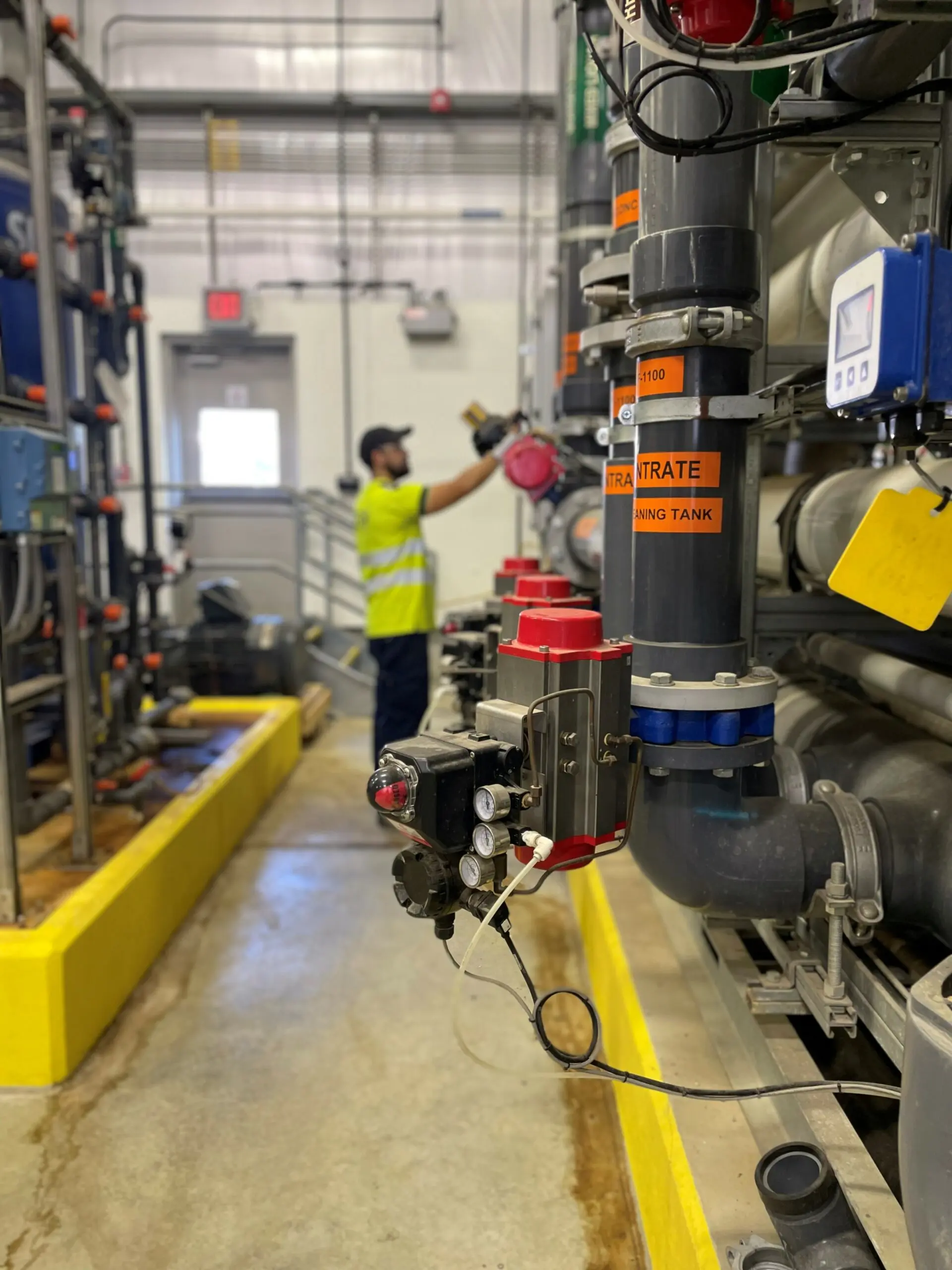Maintenance of equipment exerts a direct influence over both the operational lifespan of the equipment and the yearly capital equipment budget. The abrupt failure of equipment within a facility can result in substantial downtime, incurring substantial financial implications. Consistent maintenance of equipment stands as the linchpin for averting catastrophic equipment breakdowns. Furthermore, its benefits extend over the long term, manifesting as increased operational efficiency and reduced operational expenses. Taking cost out of the equation, most water and wastewater facility owners all want the same thing: to extend the service life of their equipment for as long as possible. Some taking a conservative approach may replace equipment too soon in an attempt to avoid equipment failures at all costs, while others prefer a more reactive approach and wait it out a bit longer weighing the cost of replacements against the risk of failure. There are several different approaches to treatment facility maintenance, each with varying costs and associated pros and cons. Approaches to treatment facility maintenance can be grouped into four distinct types, described further in the table below.
| Approach | Description | Benefit | Drawback |
| Corrective / Reactive Maintenance | Maintenance or repair that occurs when a piece of equipment has failed. |
|
|
| Predetermined/ Time-Based Preventive Maintenance | Maintenance is performed based on the manufacturer’s schedule, regardless of operational condition or runtime. |
|
|
| Condition-Based/ Proactive Maintenance | Maintenance is performed based on measuring, recording, and evaluating equipment operating data (e.g., vibrations, temperatures, motor amperage, and oil inspections). Causes and symptoms (C&S) and critical occurrence states (COS) are created for each piece of equipment to define when a maintenance activity is triggered. |
|
|
| Preventive Maintenance | Maintenance is applied preventatively before any breakdown or failure occurs. This approach aims to reduce the probability of breakdown or degradation of a piece of equipment, component, or spare part. |
|
|
Considerations for Selecting the Best Treatment Facility Maintenance Approach
The selection of a treatment facility maintenance approach is dependent on specific business needs (e.g., effect of downtime, costs) the type of equipment, and many other variables. Some things to consider when selecting an approach includes:
- Quantity of equipment
- Equipment redundancy
- Management of equipment failures. Emergency repair or scheduled repair.
- Spare parts inventory management and cost
- Availability of maintenance staff
- Availability of CMMS or cost of implementation
- Availability of replacement equipment
- Downtime risk and its impact to the core business
- Whether equipment failure can be predicted or not
- Likelihood of equipment failure is time-dependent or conditions-dependent
- Failures are not related to a predictable condition. Power surges randomly damage motors.
- Equipment conditions (e.g., is the equipment being overworked or in extreme conditions?)
- Does the equipment have physical damage from an earlier failure?
- Is the equipment installed in the correct application?
The selection of a treatment facility maintenance approach necessitates a thorough evaluation of factors encompassing those listed above. This assessment must encompass a projection of labor costs required to fulfill the scheduled maintenance tasks, encompassing both predetermined maintenance and preventive maintenance activities. The following procedure outlines the essential steps for conducting a comprehensive evaluation of a maintenance approach.
- Build a team from operations, maintenance, and project management with different viewpoints or strategies on the type of maintenance approach.
- Evaluate each piece of equipment for downtime risk and redundancy.
- Develop potential costs for downtime related to equipment failure (measure risk).
- Evaluate the equipment monitoring and data evaluation versus the equipment’s replacement cost.
- Determine and evaluate mean time between failures (MTBF).
- Use the chart below to direct the conversation for each piece of equipment.

Wrapping Up
In conclusion, an effective facility maintenance strategy plays a pivotal role in optimizing equipment performance, minimizing downtime, and ultimately influencing the bottom line. The approaches discussed – Corrective/Reactive, Predetermined/Time-Based Preventive, Condition-Based/Proactive, and Preventive – each present distinct advantages and challenges. Selecting the most suitable approach hinges upon a careful assessment of numerous factors, including equipment quantity, redundancy, downtime risk, labor costs, and available resources. Collaborative efforts between operations, maintenance, and project management are crucial in making informed decisions that align with organizational goals. By taking a comprehensive approach to evaluating maintenance methods, facility owners can make informed choices to extend equipment service life, enhance operational efficiency, and effectively manage costs, all of which contribute to a sustainable and successful facility management strategy.
Visit our maintenance web page to learn more about U.S. Water’s treatment facility maintenance capabilities and how we can assist you with your facility’s maintenance program.




